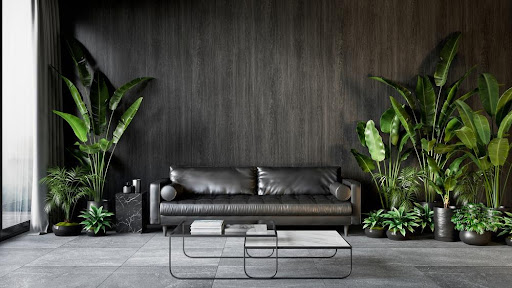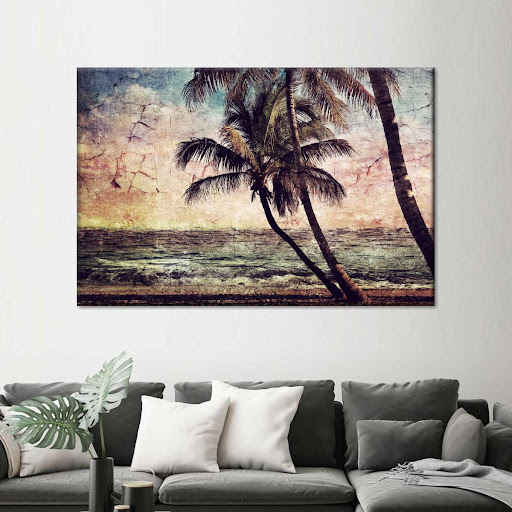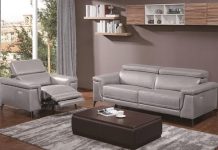The power to mold thoughts and convert them into reality is one of the greatest talents that distinguishes man from other beings. When it comes to imagination and ingenuity, man has never failed to rein superiority. As a result, one of the most astounding aspects of creativity is the “tropical brutalism” aesthetic exhibition of knowledge in architecture, where structures are erected with reinforced blocks, steel, and other modular materials.
Brutalism architecture emphasizes exposed concrete and reinforced steel and is typically devoid of ornamental elements. It is derived from the French term ‘Beton brut,’ which signifies raw concrete. Consequently, concerning architecture, brutalism is a style of art that employs exaggeration and distortion to achieve its desired impact. This architectural concept flourished and gained prominence around the 1950s through the 70s.
It is believed that trends are cyclical and that what is old becomes new again. Not only in fashion, music, and art but also in architecture, this is true. Brutalism in interior design or décor has a habit of reappearing every few years. Despite its oblivion, this highly distinct design style continues to grab our brains and warm our hearts, from its inception in the 1930s until its rebirth in the late 1980s. Because the tendency is circular, internal brutalism is making the biggest comeback after a long period of obscurity.
Table of Contents
EVOLUTION OF TROPICAL BRUTALISM
Though there are obvious similarities between European Brutalism and the concrete structures that have popped up across the equatorial nations, there are significant variances. Brutalism in the tropics was mostly formed from a newfound location of freedom, affluence, and optimism while incorporating the typical usage of concrete, rigid geometry, and cavernous interiors of their precursors in cooler regions.
During the 1950s and 1970s, when many European countries were experiencing economic hardship and dealing with the end of colonialism, the nations they had formerly oppressed experienced new chapters of prosperity, such as in Latin America, or independence, as seen in Asia and Africa. Brutalism was accessible and practical and symbolic of a new phase in society because it was built with low-cost and widely available materials.
WHY IS BRUTALISM DÉCOR MAKING A COMEBACK
- A new appreciation for brutalism has emerged.
- People are once again enjoying the raw strength of the style, which has been freed from its previous ideological connections.
- Social media has played a significant role in this resurgence. Hundreds of thousands of Instagram users, for example, post photographs of the style and actively join in efforts to save brutalism sites from demolition.
- Wall art companies like ElephantStock now appreciate tropical brutalism, employing the concept in creating many memorable arts.
- Concrete imperfections may give charm and character to minimalist interiors, giving them a distinctive sense.
- In reality, brutalism design is finding its way into private homes. Many designers are experimenting with concrete applications for tables, chairs, and other furniture.
- Celebrities like Kanye West have adopted the style for their own homes, and many designers are experimenting with concrete applications for tables, chairs, and other furniture.
SOME BRUTALIST INTERIOR DÉCOR

- The Brutalist Wall Art: Oh! And that’s what staring at such wall art does—it astounds, keeping people captivated, connecting them to the old-steel days. Of course, you can add a dash of the tropical—some trees laid on a black and white background. Do not forget charcoal walls serving as the backdrop for white contrasts. You can shop for ElephantStock Tropical Wall Arts today and improve the nuances of your beautiful space.
- Shop Phone Mirror: In 2020, the advent of polished and chrome metallics, rather than the traditional matte industrial metals, is one way this style has been modernized. Lighting options in polished stainless steel and mirrored silver chrome have been on the rise in recent seasons, and we’re now witnessing a confluence with the brutalism trend.
- Shop Jazz Chandelier: The utilization of giant statement items and little decorative things is prevalent in today’s application of Brutalism interior design. Begin with a huge textured base, such as a heavy piece of geometric wood furniture or a concrete countertop that highlights ‘natural materials’ and surfaces texture. To connect them, use metallic lighting to create a focal point and add little brutalism objects in a metallic tone.
- Shop Trio Pendant: After World War II, this style peaked in the 1960s, when low-cost raw materials were used in building and dwelling designs. The use of a ‘fortress’ aesthetic, which was intended to portray strength, was employed. The interior design was masculine, with clean lines and robust metal accents that helped elevate this architectural pattern.
- Shop Simone: Brutalism stresses structural and spatial depth in furniture, wall coverings, decorative objects, and overall architectural design. Using a metallic finish that is not even well-known can help to mix in the more current and contemporary components.
Finally, even though brutalism structures are frequently costly to maintain, difficult to demolish, and difficult to remodel, people may still claim the style has a prominent role in the world of architecture and construction.


















